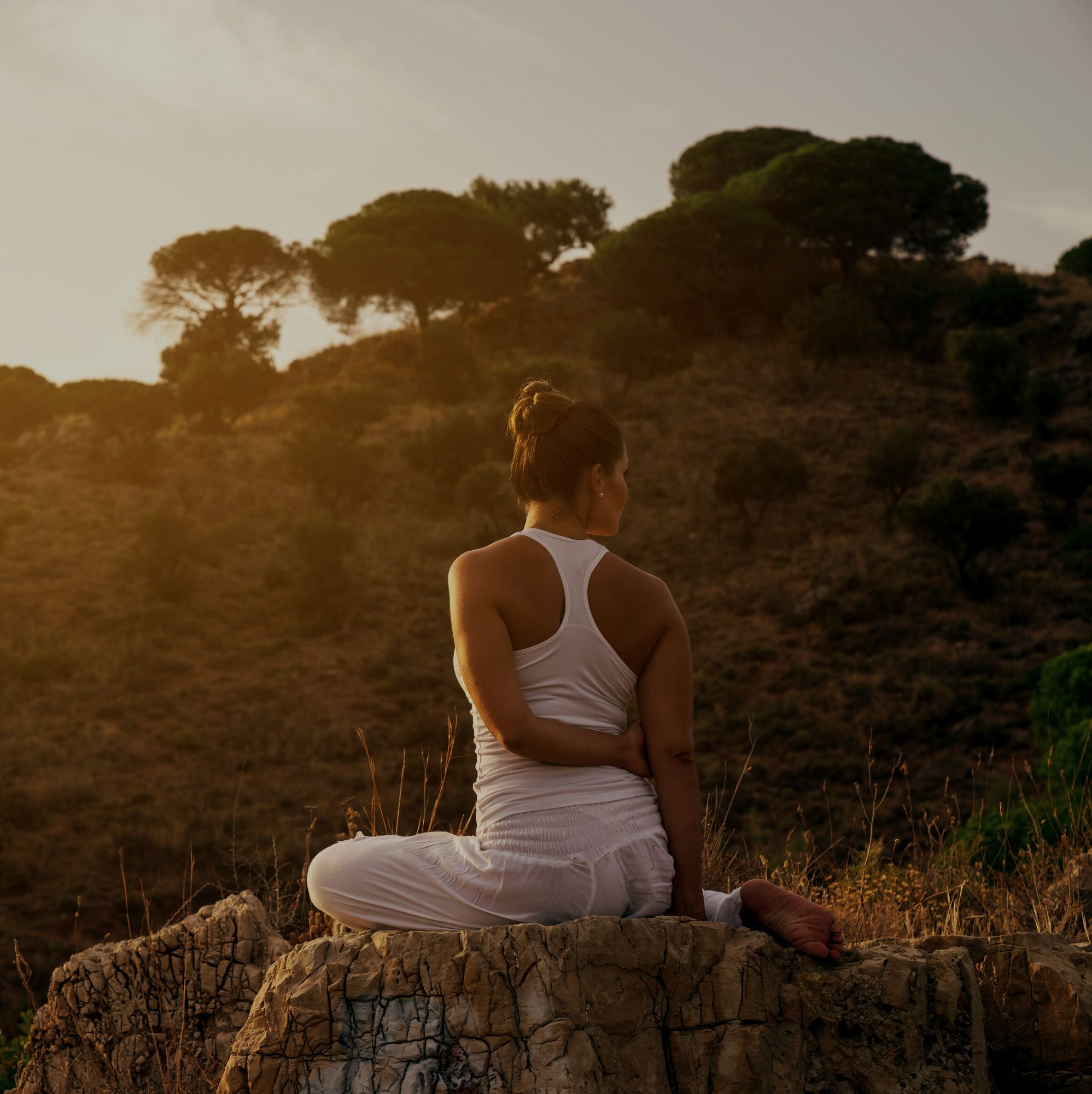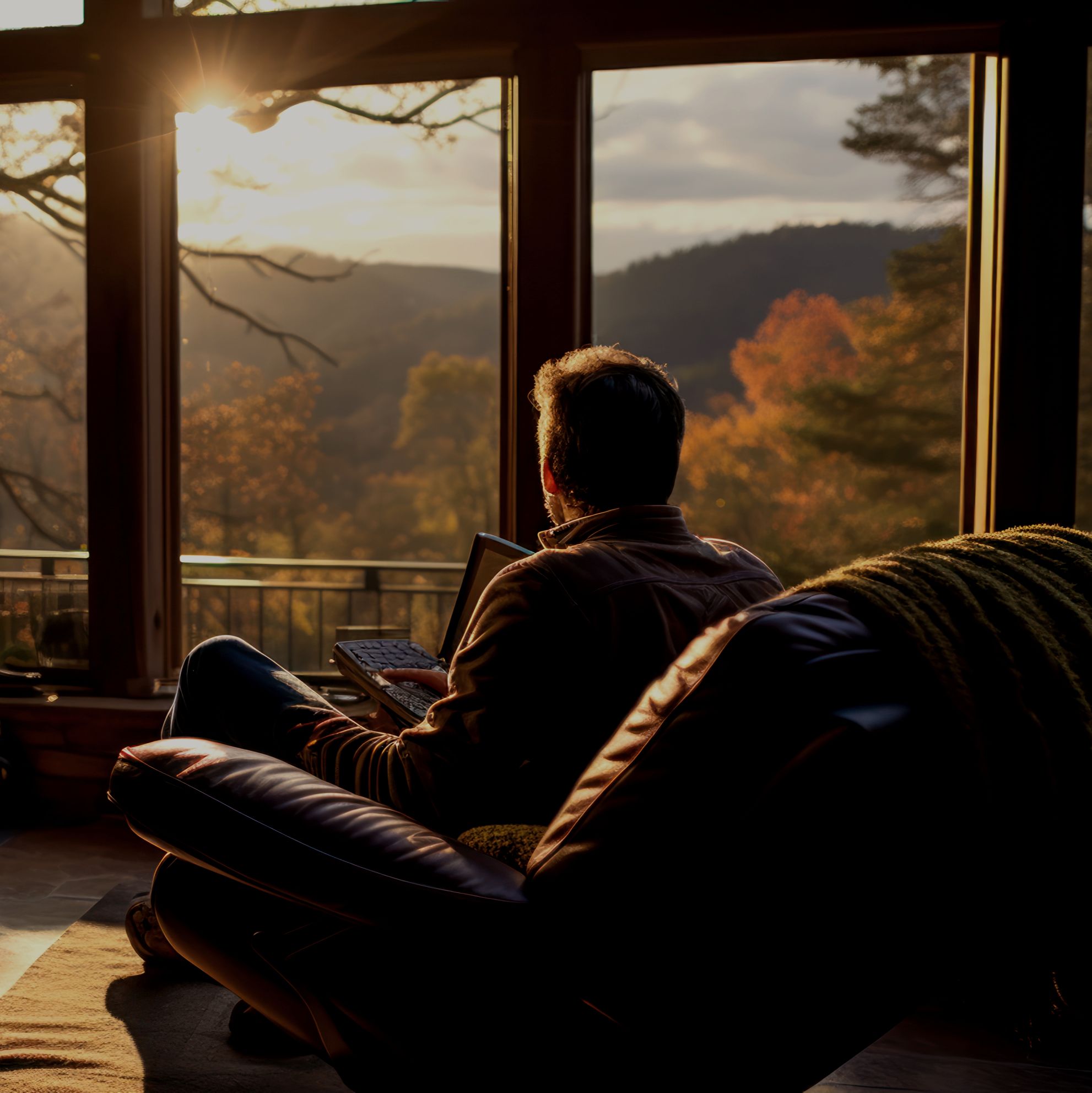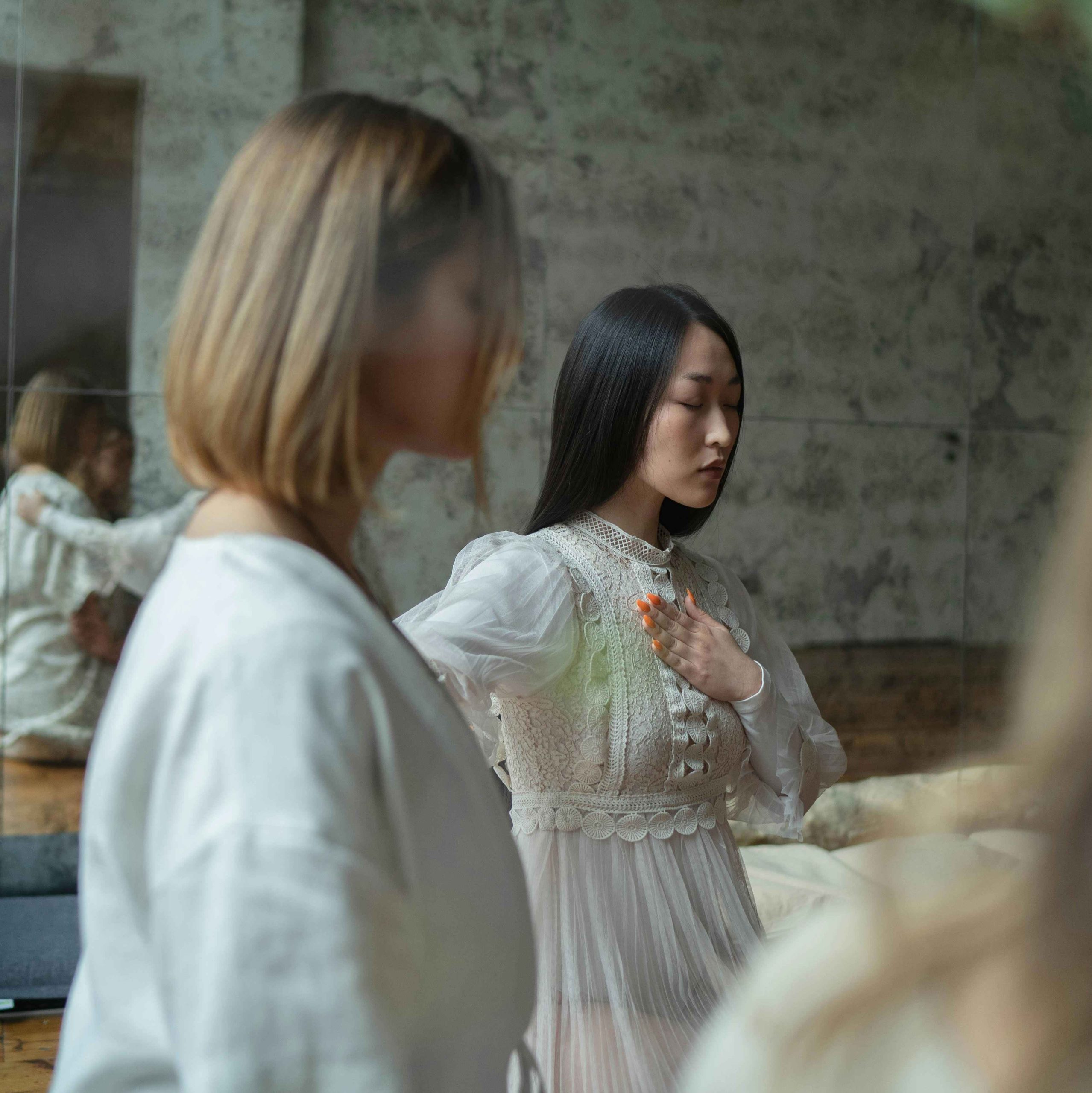Discover a world of free resources to nurture your mind, body, and soul.

Occupational Balance
A core focus in Occupational Therapy, involves engaging in daily activities that promote well-being without causing overwhelm. Through self-care for the body, mind, and spirit—such as exercising, creative activities, and mindfulness practices—individuals can enhance their overall health and participation in daily life.

Self-Care Tips for The Workplace
Quick self-care tips for work breaks include activities like jumping jacks, mindfulness, and gratitude exercises to boost energy and mood. Simple actions like walking or listening to music can improve well-being in just minutes.

The Importance of Gratitude Practice
Practicing daily gratitude can boost well-being by helping you focus on the positive, while journaling enhances mindfulness, perspective, and emotional resilience. Create a routine, reflect on blessings, and appreciate life’s simple moments.

Progressive Relaxation Technique
When you have stress or anxiety in your life, one of the ways your body responds is with muscle tension. Progressive relaxation is a technique that helps relieve that tension.
In progressive relaxation, you tense a group of muscles as you breathe in, and you relax them as you breathe out. When your body is physically relaxed, you cannot feel stressed.
Practicing this technique for a few weeks will help you get better at this skill, and eventually you will be able to use this technique to relieve the stress. If you have trouble falling asleep, this technique may also help with your sleep problems.
Music by: Suzanne Naudé Worship (Facebook)
Email: suzannenaude@gmail.com
Sources and related content:

Guided Imagery Technique
Guided imagery or visualization involves using your imagination to help your body relax. Just as your body can become tense and stressed in response to thoughts that make you angry or anxious, it can also become more calm and relaxed in response to peaceful, calming, and pleasant thoughts.
One of the easiest ways to use imagery is to close your eyes and imagine being in a place that is peaceful and relaxing to you. It may be a place you have actually been to in the past, or it may be a made-up place in your imagination. It might be a quiet beach; a shady spot in the woods; snuggled in front of a fireplace, or any place that is peaceful and calming to you.
You can learn how to use all of your senses in your imagination. You can use this as a regular relaxation exercise or in stressful times when you need to relax.
Music by: Suzanne Naudé Worship (Facebook)
Email: suzannenaude@gmail.com
Sources and related content:

Benefits of Relaxation Techniques
Here are some of the known benefits of regularly applying relaxation techniques:
- Decreased heart rate and respiration rate
- Lowered blood pressure and increased blood flow
- Decreased anxiety, depression, and insomnia
- Relaxed muscles
- Reduced pain (long-term illnesses, chronic conditions)
- A boost in energy and better sleep patterns
- A sense of calmness and confidence
- Improved coping abilities
